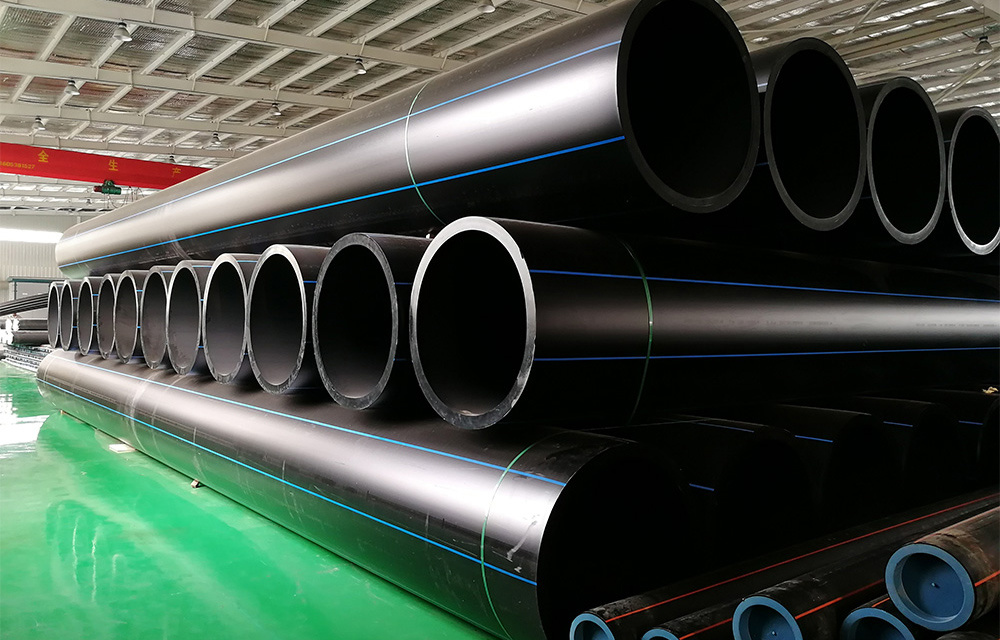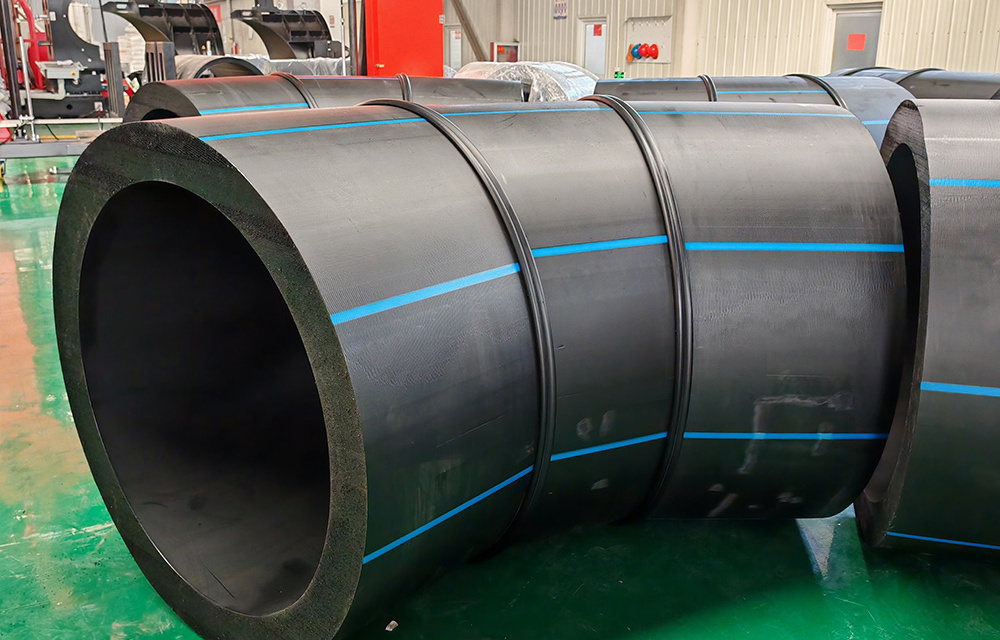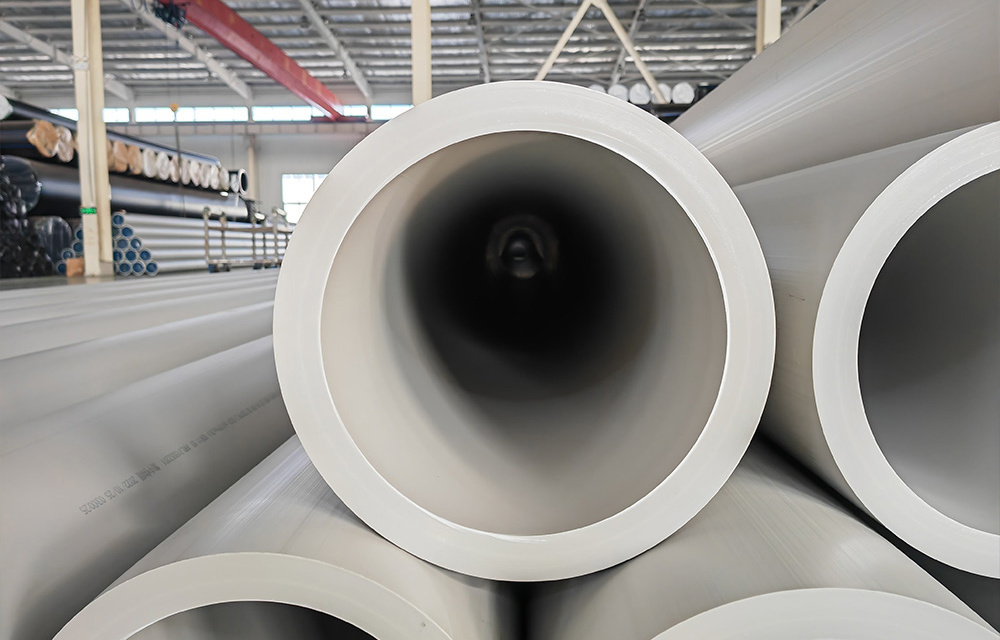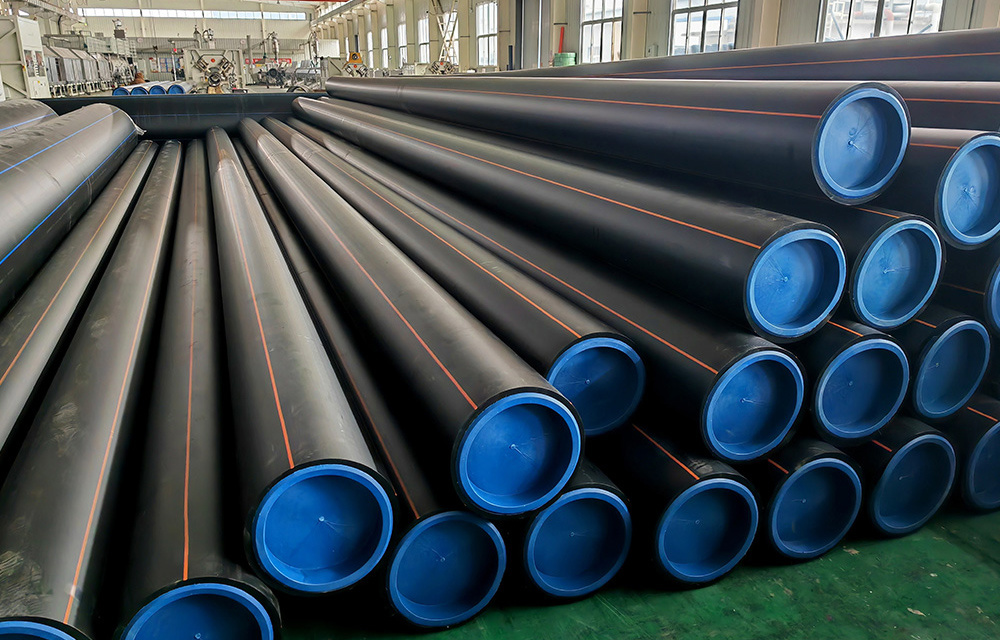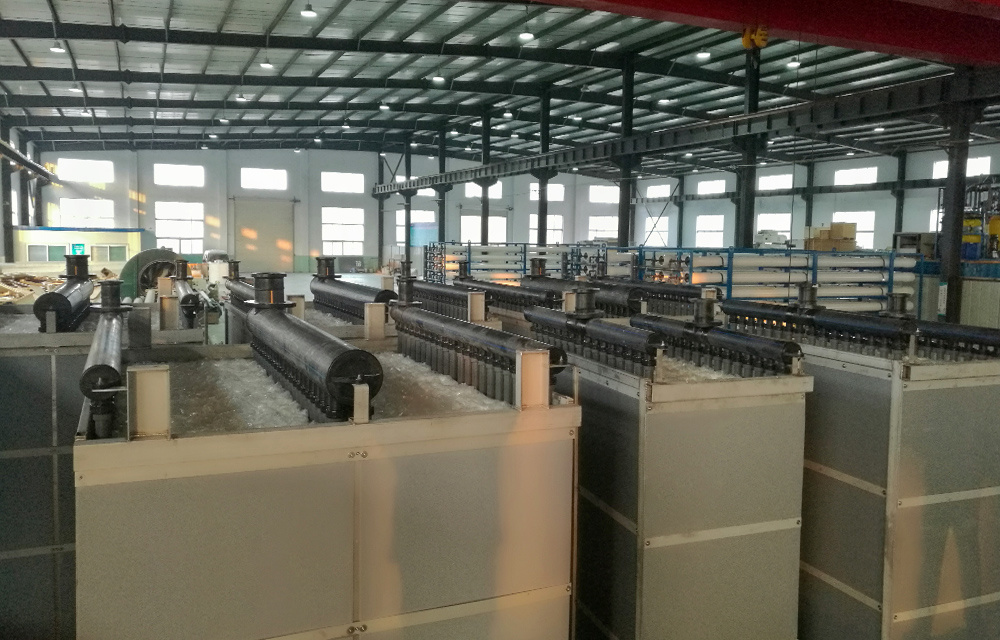15
2025
-
10
Why Choose FRPP Pipe for Your Next Building Project?
Why Choose FRPP Pipe for Your Next Building Project? Building projects require careful material selection to ensure durability, efficiency, and cost-effectiveness. Among various options available in the market, **FRPP pipes** (Fiberglass Reinforced Polypropylene) stand out as one of the most effective choices for modern construction. This article delves into the myriad advantages of FRPP pipes and
Why Choose FRPP Pipe for Your Next Building Project?
Building projects require careful material selection to ensure durability, efficiency, and cost-effectiveness. Among various options available in the market, **FRPP pipes** (Fiberglass Reinforced Polypropylene) stand out as one of the most effective choices for modern construction. This article delves into the myriad advantages of FRPP pipes and explains why they should be your go-to option for ensuring the success of your next building project.
Table of Contents
- What is FRPP Pipe?
- Advantages of FRPP Pipe
- Applications of FRPP Pipe
- FRPP vs. Other Pipe Materials
- Installation and Maintenance of FRPP Pipes
- Cost-Effectiveness of FRPP Pipes
- Environmental Impact of FRPP Pipes
- Conclusion
What is FRPP Pipe?
FRPP pipes are a type of plastic piping that combines the durability of fiberglass with the lightweight characteristics of polypropylene. This hybrid construction grants FRPP pipes exceptional resistance to various environmental factors, making them ideal for numerous construction applications. These pipes are manufactured through a pultrusion process, ensuring uniform thickness and high-strength characteristics, setting them apart from traditional piping materials.
Advantages of FRPP Pipe
Choosing FRPP pipes for your building project comes with numerous advantages that ensure both immediate and long-term benefits.
Durability and Longevity
One of the most significant advantages of **FRPP pipe** is its remarkable durability. These pipes can withstand a wide range of temperatures and pressures, making them suitable for various applications, including water transportation, chemical drainage, and industrial use. The inherent strength of fiberglass reinforcement provides additional resilience against physical impacts and environmental stressors.
Corrosion Resistance
Unlike traditional metals and other materials, FRPP pipes exhibit outstanding resistance to corrosion. They do not rust or corrode, making them an excellent choice for projects involving harsh chemicals or environments. This property significantly extends the lifespan of the pipes, reducing the need for frequent replacements and maintenance.
Lightweight and Easy to Handle
FRPP pipes are significantly lighter than metal options, making transportation and handling easier on job sites. This lightweight nature leads to decreased shipping costs and allows for faster installation processes, as workers can quickly maneuver the pipes without the need for heavy machinery.
Applications of FRPP Pipe
FRPP pipes have versatile applications in various sectors, including:
- **Water Supply Systems**: Their corrosion resistance makes them ideal for transporting potable water.
- **Wastewater Management**: It is effective in handling sewage and industrial effluents.
- **Chemical Processing**: FRPP pipes can safely transport aggressive chemicals without degradation.
- **Agricultural Use**: They are used for irrigation systems due to their durability and resistance to chemicals.
FRPP vs. Other Pipe Materials
When comparing FRPP pipes to other commonly used materials such as PVC, CPVC, and metal pipes, several distinctions arise:
- **Versus PVC**: FRPP pipes have higher temperature and pressure ratings than PVC, making them more suitable for demanding applications.
- **Versus CPVC**: While CPVC is also resistant to corrosion, FRPP pipes offer superior strength and durability against external impacts.
- **Versus Metal**: FRPP pipes are lighter, do not corrode, and require less maintenance than metal pipes, which often face rust and scaling.
The choice between these materials should depend on specific project requirements, but FRPP pipes often emerge as a clear winner in terms of longevity and performance.
Installation and Maintenance of FRPP Pipes
Installing FRPP pipes is straightforward and can be handled by most experienced contractors. The lightweight nature allows for easier handling, and the installation process typically involves standard fittings and joints. Unlike metal pipes, which require welding or threading, FRPP pipes can be connected using adhesive bonding methods or mechanical fittings, thereby streamlining the installation process.
Maintenance is minimal due to their resistance to corrosion and scaling. Regular inspections are recommended to ensure the integrity of the system, but the frequency and cost of maintenance are substantially lower than with traditional piping options.
Cost-Effectiveness of FRPP Pipes
While the initial investment in FRPP pipes can be slightly higher than conventional materials, the long-term savings are significant. The durability and low maintenance requirements translate into lower operational costs over time. Additionally, their lightweight characteristics reduce shipping costs and allow for faster installation, further enhancing their cost-effectiveness.
For construction projects aiming to minimize expenses without compromising quality, FRPP pipes present an attractive option.
Environmental Impact of FRPP Pipes
In today's eco-conscious world, the environmental impact of materials used in construction is more critical than ever. FRPP pipes are produced using environmentally friendly processes and are fully recyclable. Their longevity reduces waste, ensuring fewer materials are sent to landfills over the lifespan of a project.
Moreover, because they do not leach harmful substances into the environment, FRPP pipes contribute to safer water supply systems and reduce the ecological footprint of construction projects.
Conclusion
In conclusion, the selection of **FRPP pipes** for your next building project offers unparalleled advantages in durability, cost-effectiveness, and environmental responsibility. Their versatile applications across various sectors, combined with easy installation and minimal maintenance, position them as a superior choice compared to traditional piping materials. As the construction industry continues to evolve, integrating innovative materials like FRPP pipes will undoubtedly pave the way for more efficient and sustainable building practices. By making the informed choice to utilize FRPP pipes, you contribute not just to the success of your project but also to a more sustainable future.
FAQs
1. What are FRPP pipes made of?
FRPP pipes consist of fiberglass reinforced polypropylene, combining the lightweight properties of plastic with the strength of fiberglass.
2. How long do FRPP pipes last?
FRPP pipes can last for several decades, often outlasting traditional metal pipes due to their corrosion resistance and durability.
3. Can I use FRPP pipes for hot water applications?
Yes, FRPP pipes are suitable for hot water applications, withstanding higher temperatures than many other plastic materials.
4. Are FRPP pipes easy to install?
Yes, FRPP pipes are lightweight and can be installed using standard fittings, making the process easier and faster compared to heavier materials.
5. Are FRPP pipes environmentally friendly?
Absolutely! FRPP pipes are recyclable and do not leach harmful substances, contributing to a safer environment and reducing waste.


